- Home
- -Blog
Role of Spammy Links in Negative SEO Attacks
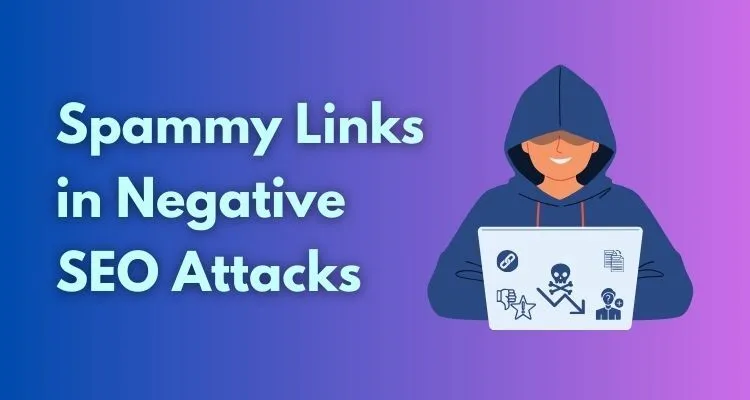
- 07 Aug 2024
- Shabir Ahmad
Negative SEO is when someone tries to hurt a website's rankings in search engines on purpose. This is usually done by creating bad links, copying content, or spreading false information about the site.
One common method in negative SEO is the use of spammy links. These are low-quality, irrelevant links from other websites that point to your site. They can make search engines think your site is not trustworthy, which can hurt your rankings.
Why It's a Concern for Website Owners
For website owners, negative SEO and spammy links are serious issues. If your site is targeted, it can lead to a drop in search rankings, less traffic, and a damaged reputation. This means fewer visitors and potential customers.
According to a study by Ahrefs, 66.5% of sites have some kind of negative SEO attack against them.Another report from SEMrush found that 53% of SEO experts have seen a site affected by negative SEO.
Spammy links are a big part of this problem. They can come from sites that have nothing to do with your business or from link farms set up just to create lots of links.
Google and other search engines look at these links and may decide that your site is trying to cheat its way to a higher ranking. This can lead to penalties, making it even harder for your site to appear in search results.
Staying aware of negative SEO and taking steps to protect your site is crucial. Regularly monitoring your backlinks and keeping an eye out for sudden changes can help you spot problems early and take action before they cause too much damage.
Understanding Negative SEO Attacks
Negative SEO attacks are deliberate actions aimed at harming a website's search rankings. Unlike regular SEO, which is about improving a site's visibility, negative SEO uses underhanded tactics to damage competitors.
Common Methods Used in Negative SEO
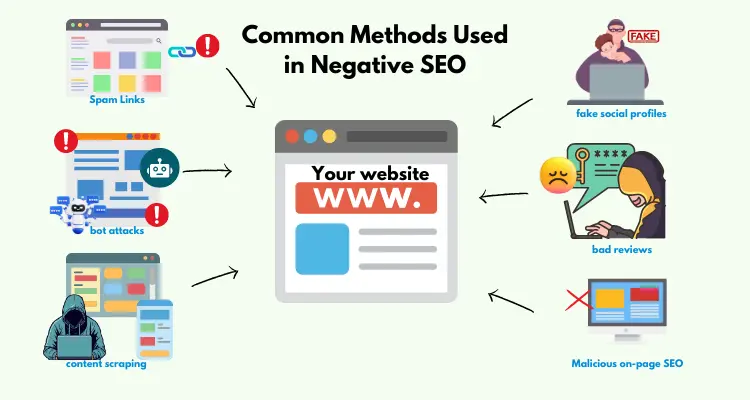
- Spammy Backlinks Spammy backlinks are one of the most common tools in negative SEO. Attackers create low-quality or irrelevant links that point to your website. These links can make search engines think your site is trying to manipulate rankings, leading to penalties.
For instance, links from unrelated sites or link farms can hurt your site's reputation and ranking.
- Content Scraping Content scraping involves copying content from your website and posting it elsewhere on the internet.
This can cause duplicate content issues, which confuse search engines about which content is the original. When your content appears in multiple places, it can dilute your search rankings and reduce your site's authority.
- Fake Reviews Attackers may also post fake negative reviews about your business on various review platforms. These fake reviews can damage your online reputation and deter potential customers.
This can be particularly harmful for local businesses that rely on positive reviews to attract customers.
- Social Media Manipulation Social media manipulation includes creating fake profiles or spreading false information about your business on social media platforms.
This can harm your brand's image and lead to a loss of trust among your audience. It's crucial to monitor social media mentions and address any false information promptly.
Definition and Examples of Spammy Links
Spammy links are low-quality backlinks that come from unrelated or untrustworthy sources. These links are often created in large numbers and can harm a website's search rankings. For example, a spammy link might come from a site with poor content or one that is not related to your industry at all.
How Attackers Create and Use Spammy Links
- Link Farms
- Automated Bots
- Irrelevant Backlinks
- Low-Quality Directories
Link farms are networks of websites created solely to generate links. These sites often have no real content and exist only to host links. Attackers use link farms to point numerous spammy links to a target website, making it appear as though the site is trying to manipulate search rankings. Search engines can detect these patterns and penalize the targeted site.
Attackers also use automated bots to create spammy links quickly. These bots can generate thousands of links in a short period, overwhelming a target site with bad backlinks. These links usually come from low-quality blogs, forums, or comment sections where bots can easily post links without oversight.
Irrelevant backlinks are links from websites that have no connection to the target site's content. For example, a cooking blog linking to a software development site would be considered irrelevant. These types of links can signal to search engines that the target site is engaging in unethical link-building practices, leading to penalties.
Low-quality directories are another source of spammy links. These directories list numerous websites but provide little to no value to users. Being listed in these directories can harm a site's reputation because search engines view these links as manipulative and low-quality. Attackers submit target sites to these directories to create a large number of spammy backlinks.
Signs of a Negative SEO Attack
- Sudden Spikes in Backlinks
- Irrelevant or Low-Authority Sites Linking to Your Site
- Keyword-Rich Anchor Text from Unrelated Sources
One of the first signs of a negative SEO attack is a sudden spike in the number of backlinks pointing to your site. If you notice a rapid increase in backlinks, especially from unknown or low-quality sources, it could be an indication that someone is trying to harm your site's reputation.
Another red flag is when your site starts receiving links from websites that are irrelevant to your content or have low authority. These links can make it look like your site is engaging in shady practices, leading to potential penalties from search engines.
If you observe an unusual amount of keyword-rich anchor text coming from unrelated sources, it could be a tactic to manipulate your site's keyword profile negatively. This method makes it seem like your site is trying to rank for keywords in an unnatural way, which can trigger penalties from search engines.
Tools for Detecting Spammy Links
- Google Search Console
- Ahrefs
- SEMrush
- Moz
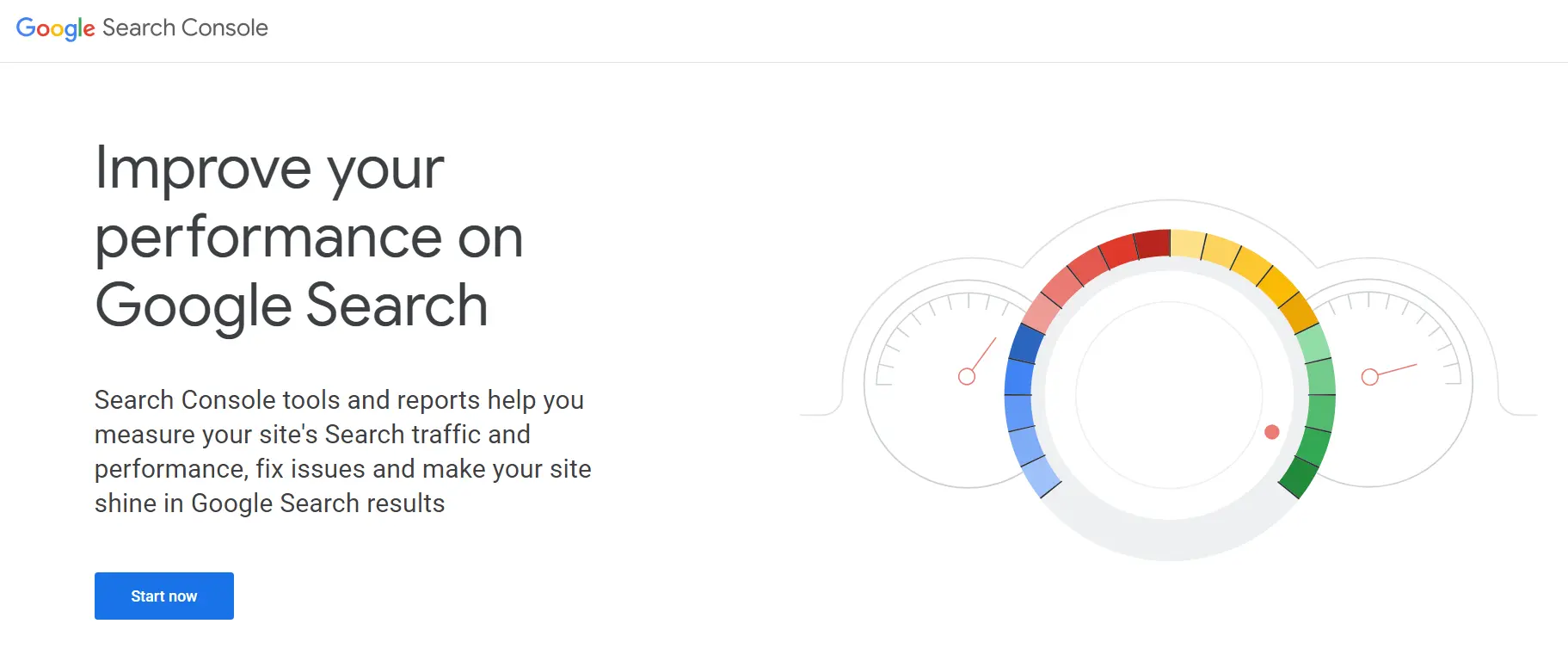
Google Search Console is a free tool that allows you to monitor your website's performance and backlinks. By regularly checking the “Links” section, you can spot any unusual or sudden increases in backlinks. This tool helps you identify and disavow spammy links that might be hurting your site's rankings.
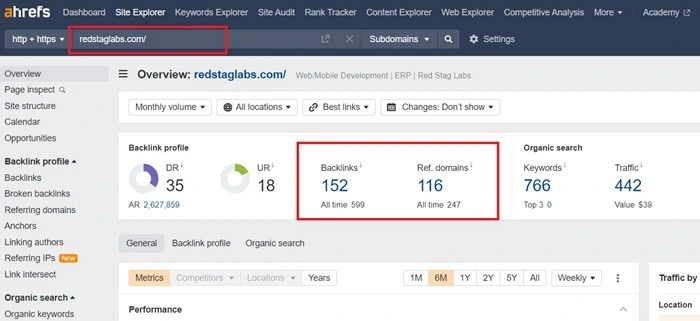
Ahrefs is a powerful SEO tool that provides detailed backlink analysis. It helps you monitor your backlink profile, detect spammy links, and analyze the quality of the sites linking to you. With Ahrefs, you can track changes in your backlink profile over time and take action against harmful links.
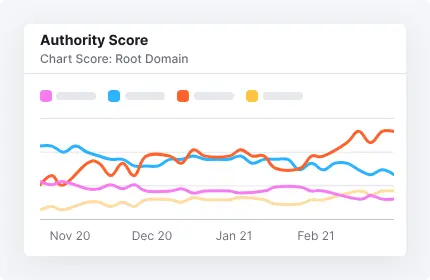
SEMrush offers a comprehensive set of tools for SEO, including backlink analysis. It allows you to identify toxic links, monitor your backlink profile, and see where your links are coming from. SEMrush also provides tools to help you disavow spammy links and protect your site from negative SEO attacks.
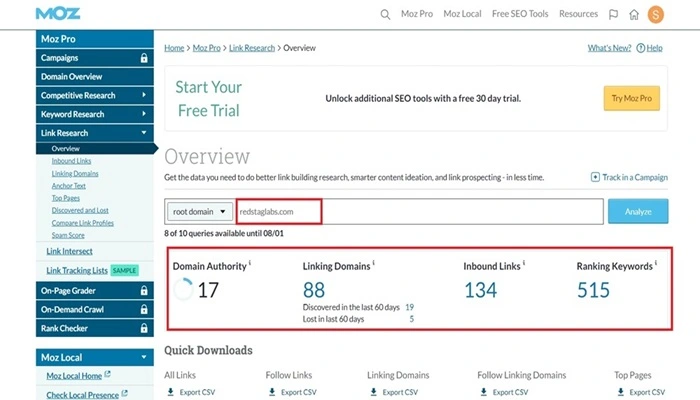
Moz is another popular SEO tool that includes features for backlink analysis. It helps you track your backlinks, identify spammy links, and measure the authority of linking sites. Moz's tools can help you maintain a healthy backlink profile and safeguard your site from negative SEO tactics.
Using these tools, you can stay vigilant and protect your website from the harmful effects of spammy links in negative SEO attacks. Regular monitoring and prompt action are key to maintaining your site's health and rankings.
How Spammy Links Affect Search Engine Rankings
Spammy links can severely affect your website's search engine rankings. When search engines detect a large number of low-quality or irrelevant backlinks pointing to your site, they may view your site as trying to manipulate rankings. This can lead to penalties, which cause a significant drop in your site's position on search engine results pages (SERPs).
Google's algorithms are designed to recognize and devalue spammy links. If your site accumulates too many of these links, it can trigger a penalty that demotes your rankings. This happens because search engines like google aim to provide users with high-quality, relevant content, and spammy links signal that a site may not be trustworthy.
The Consequences of a Negative SEO Attack
Drop in Organic Traffic
Damage to Online Reputation
Increased Costs for Recovery
One of the immediate effects of spammy links is a drop in organic traffic. As your site's rankings fall, fewer people will find it through search engines. This reduction in visibility can lead to a significant decrease in the number of visitors to your site. For businesses, this means fewer leads, sales, and potential revenue.
Spammy links can also harm your online reputation. When your site is associated with low-quality or unrelated websites, it can appear less credible to both search engines and users. This loss of trust can be difficult to recover from, especially if your site's reputation is tarnished by a large number of spammy backlinks.
Dealing with the aftermath of a negative SEO attack can be costly and time-consuming. Identifying and disavowing spammy links requires significant effort and often involves using specialized SEO tools and services. In some cases, you might need to hire SEO experts to help clean up your backlink profile and restore your site's rankings. Additionally, if your site has suffered a major penalty, it may take months to recover fully, resulting in lost revenue during that period.
Regular monitoring of your backlink profile and taking prompt action against spammy links can help mitigate these impacts. Staying vigilant and proactive is key to protecting your site from the negative effects of spammy links and ensuring its long-term health and success.
Protecting Your Website from Negative SEO
- Regular Site Audits
- Monitoring Backlink Profile
- Keeping Software and Plugins Updated
- Using Strong Passwords and Two-Factor Authentication
Conducting regular site audits helps you keep track of any unusual activity. Use tools like Google Search Console, Ahrefs, SEMrush, or Moz to monitor your site's health. These audits can help you spot problems early, such as sudden spikes in backlinks or changes in traffic patterns.
Keep an eye on your backlink profile. Regularly check for new backlinks and evaluate their quality. If you find any suspicious links, take action quickly to minimize their impact. Tools like Ahrefs, SEMrush, and LinkDog can help you monitor your backlinks effectively.
Ensure your website's software, including the content management system (CMS) and all plugins, are up to date. Outdated software can have vulnerabilities that attackers can exploit. Regular updates help protect your site from such threats.
Use strong, unique passwords for all accounts associated with your website. Implement two-factor authentication (2FA) to add an extra layer of security. This makes it harder for attackers to gain unauthorized access to your site.
Steps to Take if You Are Under Attack
- Identifying and Disavowing Spammy Links
- Reporting Fake Reviews and Social Media Profiles
- Contacting Webmasters and Hosting Providers for Link Removal
If you notice a spike in spammy links, identify them using tools like Google Search Console, Ahrefs, or SEMrush. Create a disavow file and submit it to Google to let them know you want to ignore these links
Monitor review platforms and social media for fake reviews and profiles. Report any fake reviews or profiles to the platform administrators. This can help remove harmful content and protect your online reputation.
If possible, contact the webmasters of sites that have spammy links pointing to your site and request removal. If that doesn't work, reach out to their hosting providers. Although this step doesn't always yield results, it's worth trying before using the disavow tool.
By taking these preventive measures and knowing the steps to take if you are attacked, you can better protect your website from negative SEO. Regular monitoring and quick action are key to maintaining your site's health and reputation.
Conclusion
Negative SEO and spammy links pose serious threats to your website's search rankings and online reputation. Understanding how these attacks work and the signs to look for is crucial in protecting your site. Regular audits, monitoring backlinks, and maintaining updated software can help prevent such attacks.Additionally, you should take full care when acquiring backlinks to ensure they come from reputable sources and do not harm your site's credibility.
When under attack, promptly identifying and disavowing spammy links, reporting fake reviews, and contacting webmasters are essential steps to mitigate damage. Using tools like Google Search Console, Ahrefs, SEMrush, and Moz can make these tasks more manageable and effective.
Staying vigilant and proactive is key. By taking these preventive measures and acting quickly when attacks occur, you can safeguard your website's integrity and ensure it continues to perform well in search results. Your website's health and reputation depend on your ability to detect and respond to these threats efficiently.



